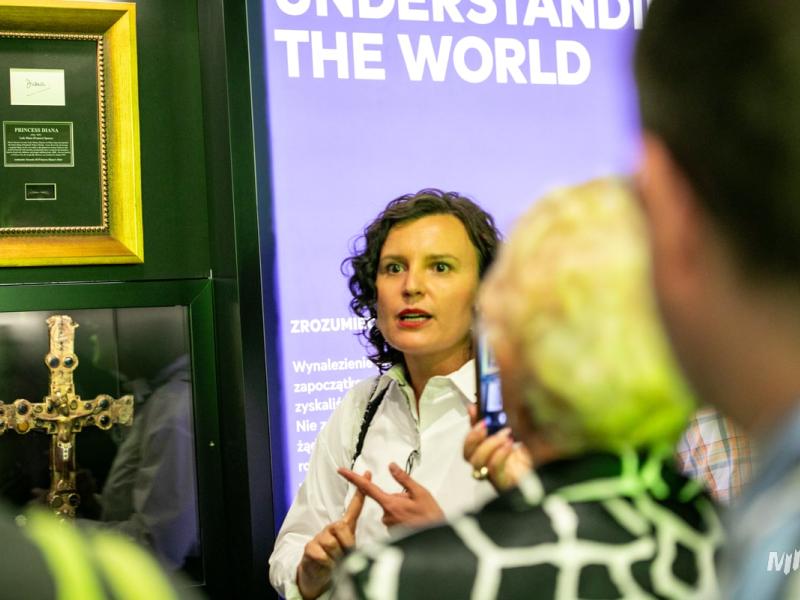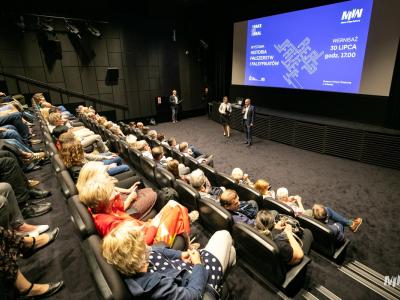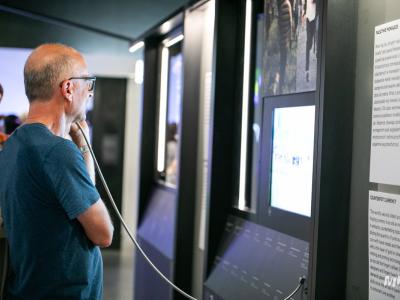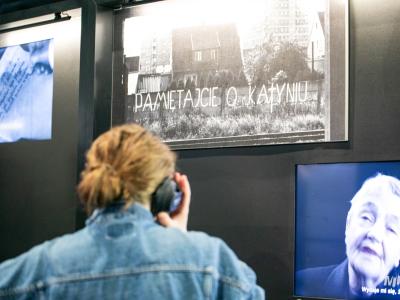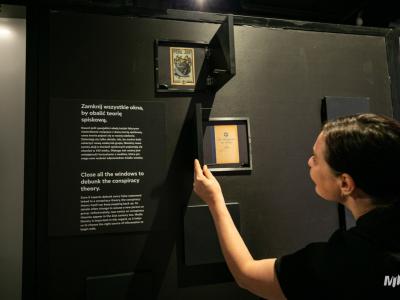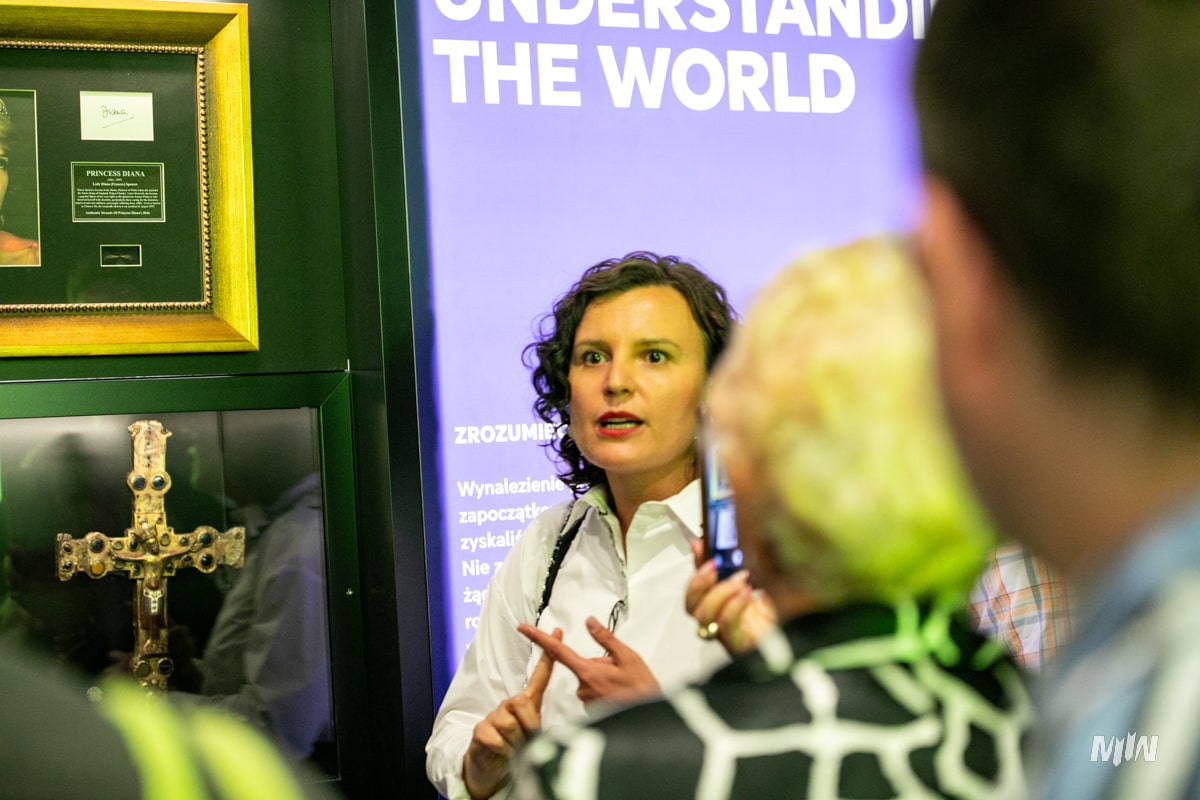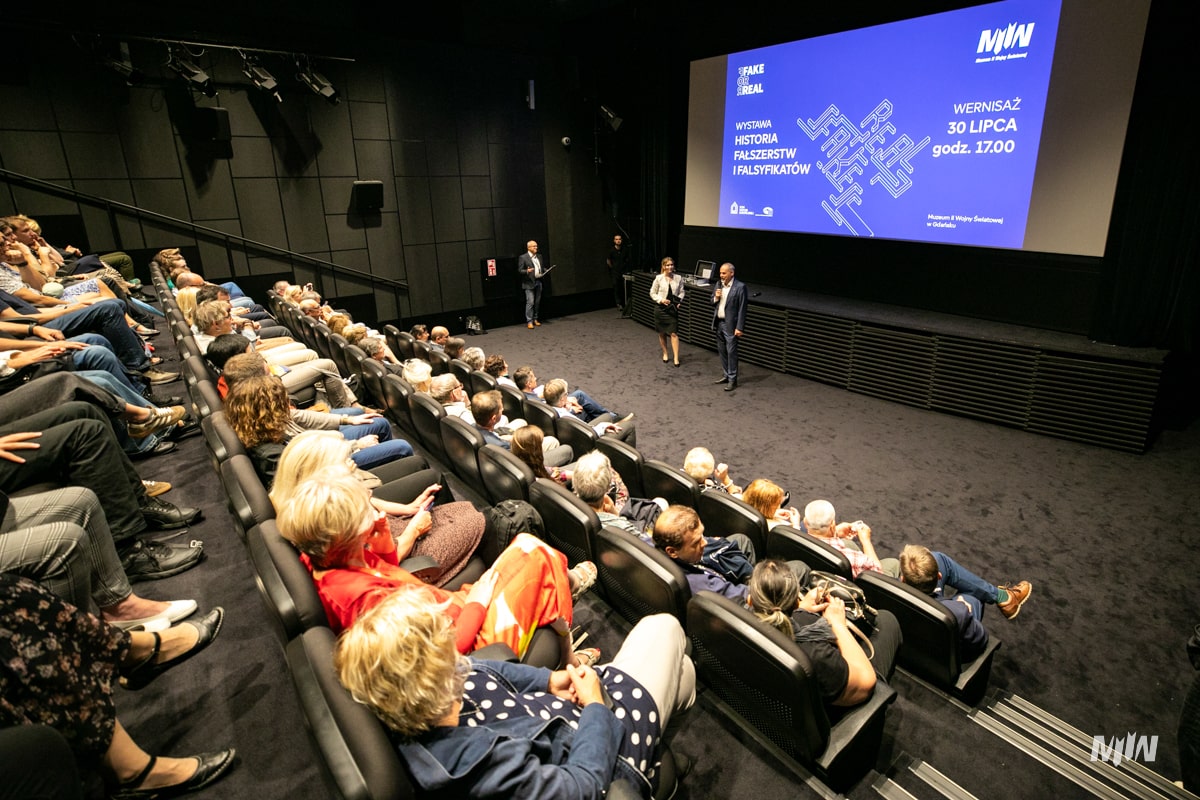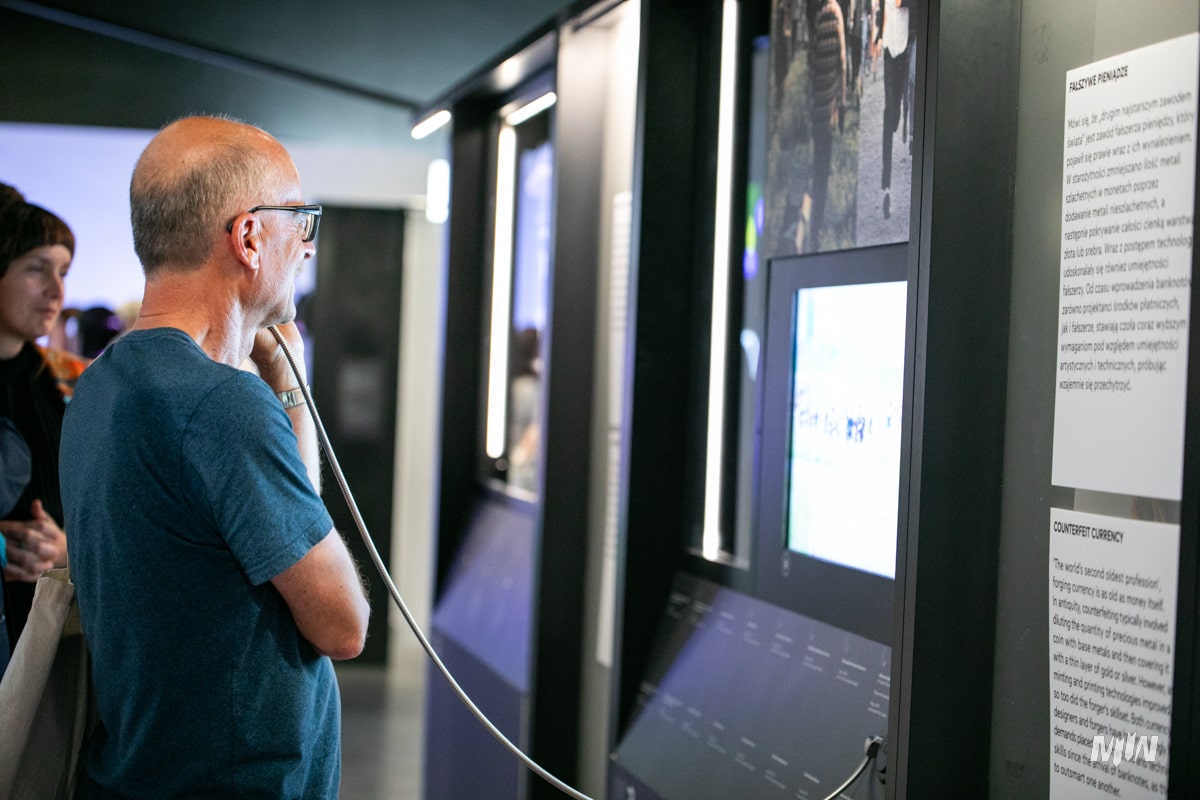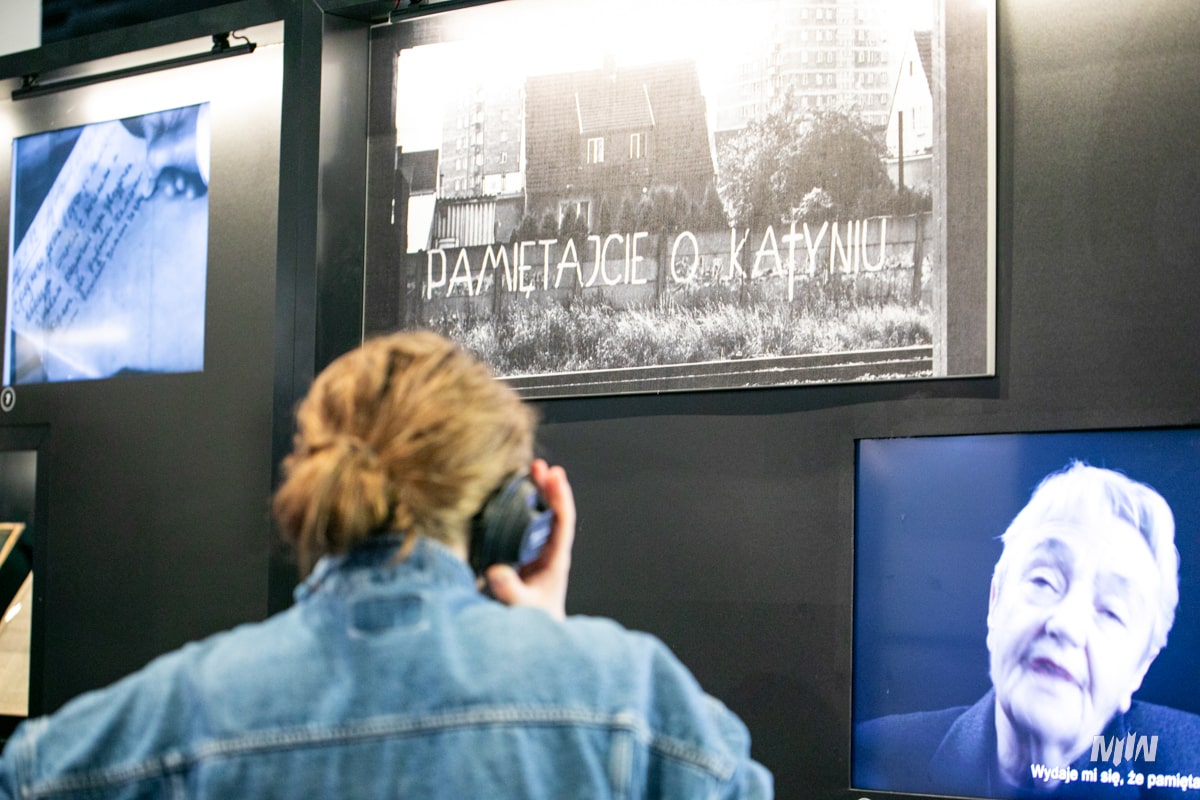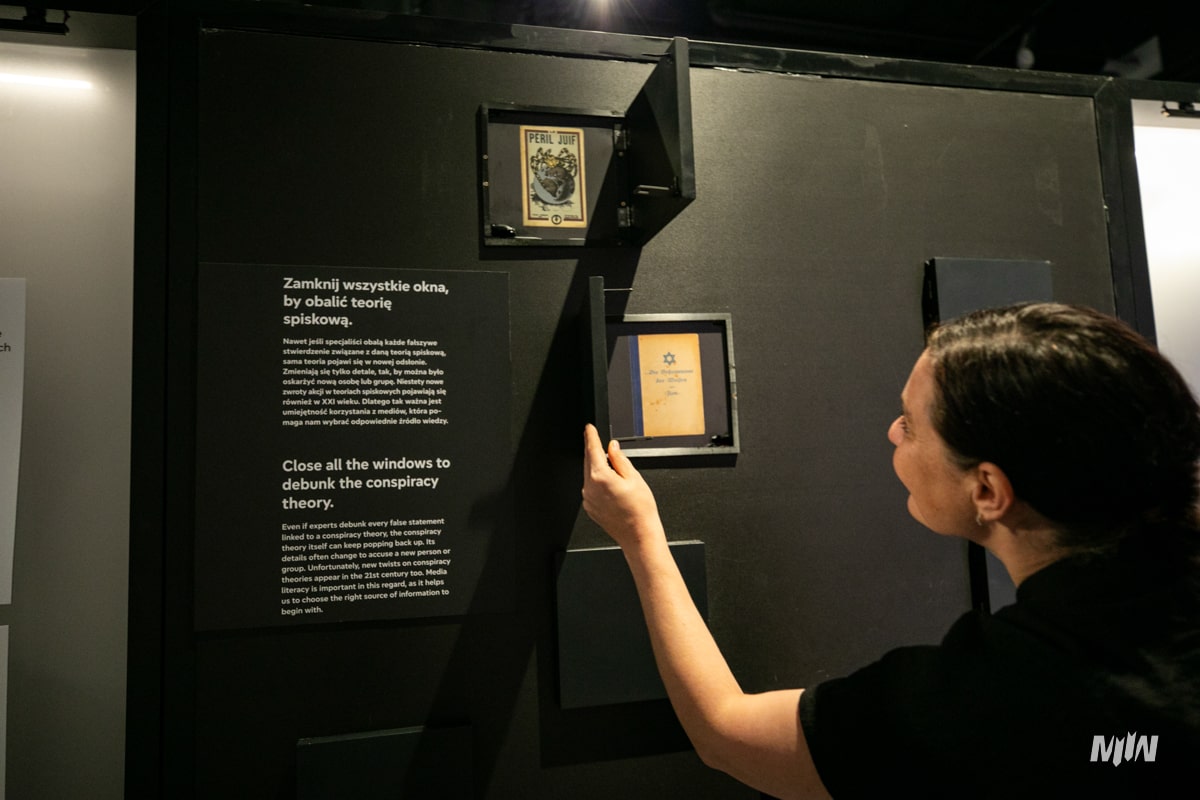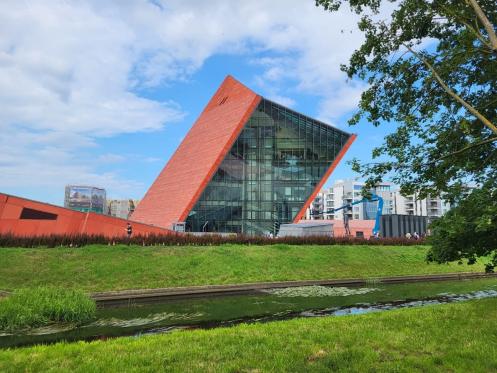
By Raluca Neamu, project manager touring exhibitions
This was a true celebration — for the audience, for the House of European History team, and for our Polish colleagues at the Museum of the Second World War. After Thessaloniki, Sofia, and Budapest, the Polish venue warmly welcomed our curated selection of stories about fakes and forgeries in history, from Antiquity to the present day.
The lively atmosphere was the result of the museum team’s professionalism, the cordial and meaningful discussions we shared with Polish counterparts, and the keen interest shown by visitors.
Gdańsk is a special city, and the museum is the first cultural destination for both locals and tourists. During the summer, our hosts welcome no fewer than 4,000 visitors per day, with long queues of patient guests waiting for their turn to enter! We noticed that Polish museumgoers are deeply interested in history and wars, with a genuine commitment to understanding both national and European narratives of the past. In such a rich context, it is no surprise that Fake for Real was so well received!
As usual, the preparation for the opening took a long time — from selecting the venue to installing the exhibition set and objects. In this case, the process lasted more than 15 months and involved a dedicated team on both sides.
The opening itself was official yet friendly, filling the museum’s cinema hall with distinguished local guests. The speeches were delivered by the Brussels and Gdansk museum directors Constanze Itzel and Rafał Wnuk respectively, as well as the exhibition’s curator, Joanna Urbanek, and by Prof. Adam Leszczyński, director of the Narutowicz Institute of Political Thought. These were eloquent and full of valuable insights, highlighting the relevance of such a topic in today’s challenging times.
The exhibition will remain open in Gdańsk until November 2nd. If you are in the city, do not hesitate to visit Fake for Real and, like every museum lover in Gdańsk, be sure to explore the museum’s outstanding permanent exhibition, which explains the history of the Second World War with remarkable clarity, depth and sensitivity.
© Credit exhibition images - Michalina Kurdelska

